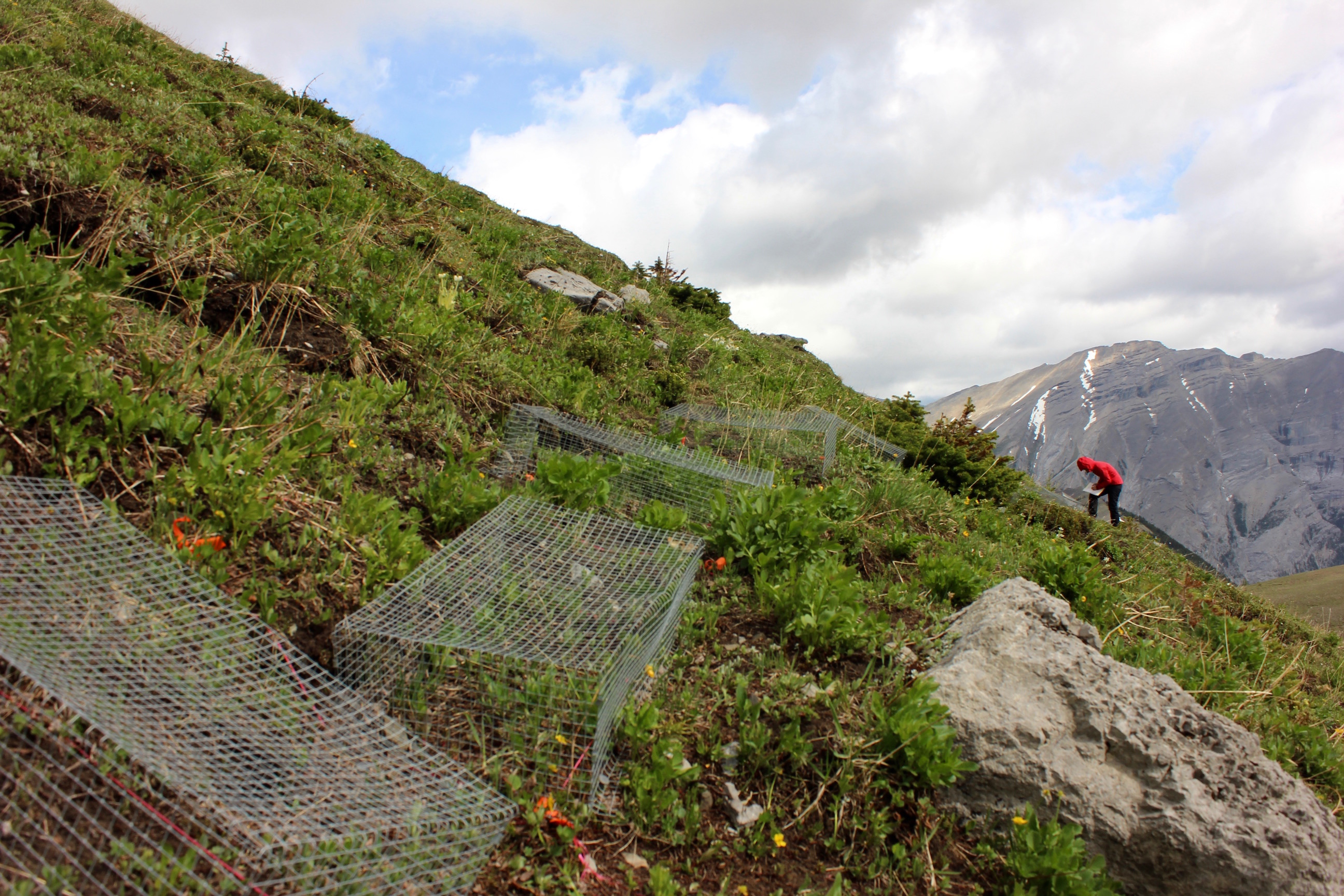
Unsuitable soils may stop plants from climbing to higher climates
As researchers work to model the impacts of climate change, there is increasing uncertainty about how warmer temperatures will affect vital ecosystems such as tropical and boreal forests.
One assumption long held by scientists is that climate change will cause forests in North America to climb to higher altitudes as temperatures warm.
However, a new study has found that this may not be the case and that plants will only be able to go so far because the soils uphill are unsuitable for growth.
The study was conducted by researchers from the University of Guelph in Canada and the results dispel hypotheses about how certain forests will respond to climate change.
“There’s a common belief about the impacts of climate change,” said Emma Davis, who pioneered the research. “It’s actually a more complicated story than people believe.”
The new research is the first of its kind to examine soil composition and its impact on climbing or advancing treelines.
The researchers planted spruce and fir seedlings at different elevations past their typical climate limits in national parks in Alberta and British Columbia.
While the trees grew, the researchers focused on the soil and found that the further away from the natural treeline the plants were, the soil inhibited healthy growth.
This means that even if temperatures make higher altitudes more habitable for trees, the soils may prevent the treeline from advancing northward.
The researchers pointed to several explanations for why the soil had this impact on seed germination including different fungi or soil microbes and dryer topsoil.
It may not be limited to Canada or North America either, as the researchers say that similar soil properties at higher altitudes worldwide could prevent treelines from climbing.
The study lends perspective to how certain ecosystems and species may respond to climate change and the results show that rare species at risk of being overtaken by advancing plants and treelines are not in as much trouble as previously thought.
Instead, resource managers have a better understanding of alpine systems and what policies should be implemented for habitat conservation.
—
By Kay Vandette, Earth.com Staff Writer
Image Credit: University of Guelph













